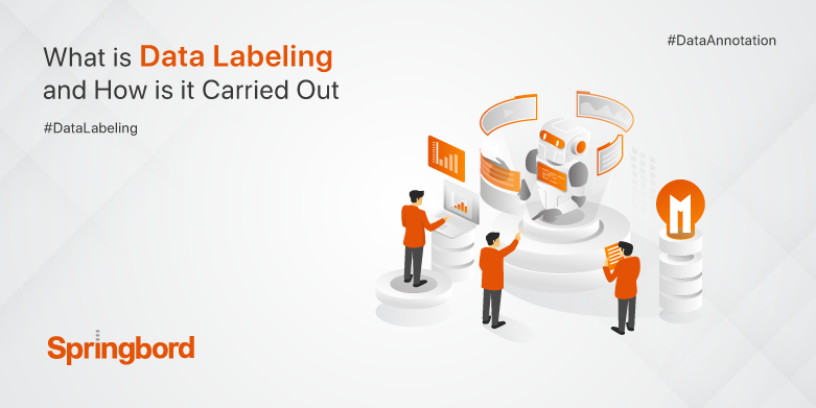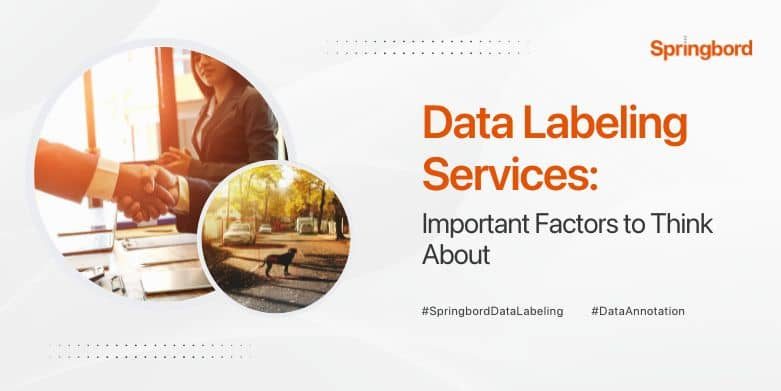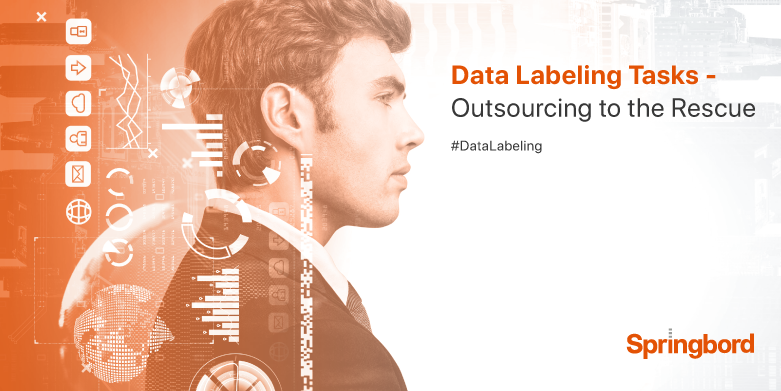 Read time 2 min
Read time 2 minPeople think of Artificial Intelligence (AI) and Machine Learning (ML) as rocket science. Some might consider them as robots that perform given tasks without human intelligence. But this is not the reality. These systems have limited capabilities and simply cannot complete the task without human guidance. In such a case, data labeling is one of the techniques that turn these systems smart.
Data labeling
Data labeling or data annotation is referred to the process of adding tags or labels to raw data in order to train Machine Learning (ML) models. A label is a descriptive element that explains to the model what data is so it can then learn using examples. Consider that the model needs to predict music genre. Here, the training dataset will contain genres like jazz, pop, rock, etc.
Following this approach, the labeled data highlights data features to aid the model in analyzing information and identifying the patterns. This occurs within the historical data to make precise predictions on new inputs. Thus, the data labeling process is one of the fundamental stages in training data for supervised ML workflows.
Data labeling process
Now that we hope you have understood what data labeling is. Let us move next to the process of data labeling.
Data collection
Data collection is the first and foremost step of any ML project. Raw data, such as images, text, audio, videos, etc., has to be collected. The collection sources may differ. Companies can also use internally-accumulated information or publicly available datasets. But these datasets are inconsistent and corrupted and need cleaning and preprocessing before the labels are created. To offer accurate results, there needs to be a large number of diverse data.
Data annotation
Data annotation is the nitty-gritty of the process. Data scientists or labelers carefully go through the data and then start adding tags to it. By doing so, a meaningful context is attached, which a model can use as ground truth. For instance, the target variables can be the tags in images that explain the objects.
Quality assurance
Accurate, high-quality, and reliable data finds prime importance as the quality of the dataset depends on how precisely the labels are added. Quality assurance has to be done periodically to ensure the precision of the labels and optimize the tags.
To carry out quality assurance, labelers make use of QA algorithms such as,
1. The Consensus algorithm
Among different systems or individuals, data reliability can be easily achieved through agreement on a single data point.
2. The Cronbach’s alpha test
In this test, the average consistency of data items in a set is calculated. Know as the lifeblood of data labeling, quality assurance significantly impacts the accuracy of the results.
Model training and testing
Training and testing are the follow-ups to the last stage. Accurately labeled data containing the correct answers are needed to train the ML model. This process requires testing the model on an unlabeled dataset to see whether the model’s predictions and estimations are correct. Depending on the application, you can define the accuracy levels. That is, if the model makes 960 predictions out of 1000 examples (96% or higher), then the model is considered perfectly trained.
Conclusion
Data labeling is widely used in many industries, and people are trying different approaches to get the desired outcomes. But, to get the expected results, precise, accurate, and consistent datasets are needed. Data labelers can help you achieve this. If you are on the hunt for qualified labelers, then you are on the right page. Springbord has talented labelers and professionals who can complete the process in a jiffy.







